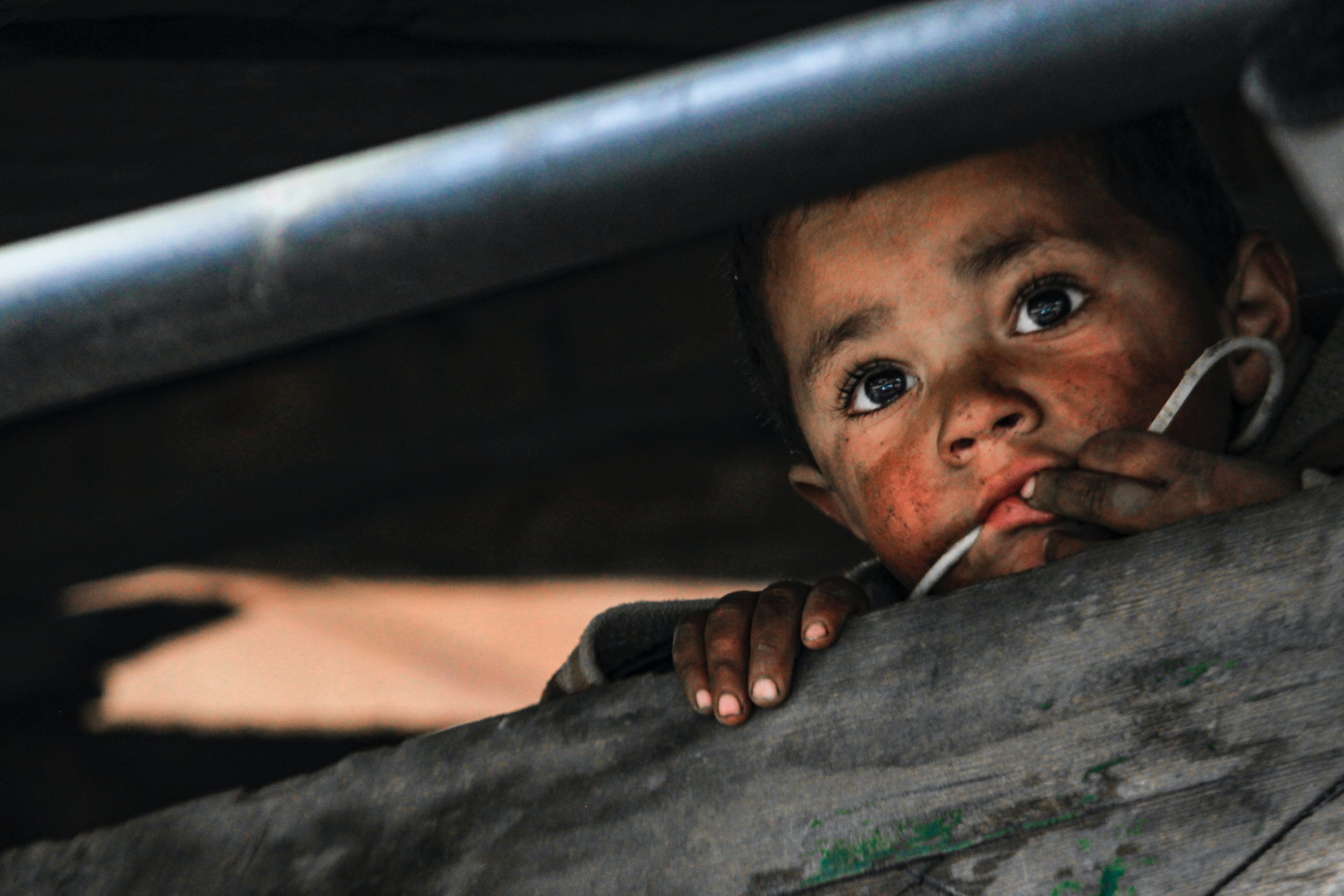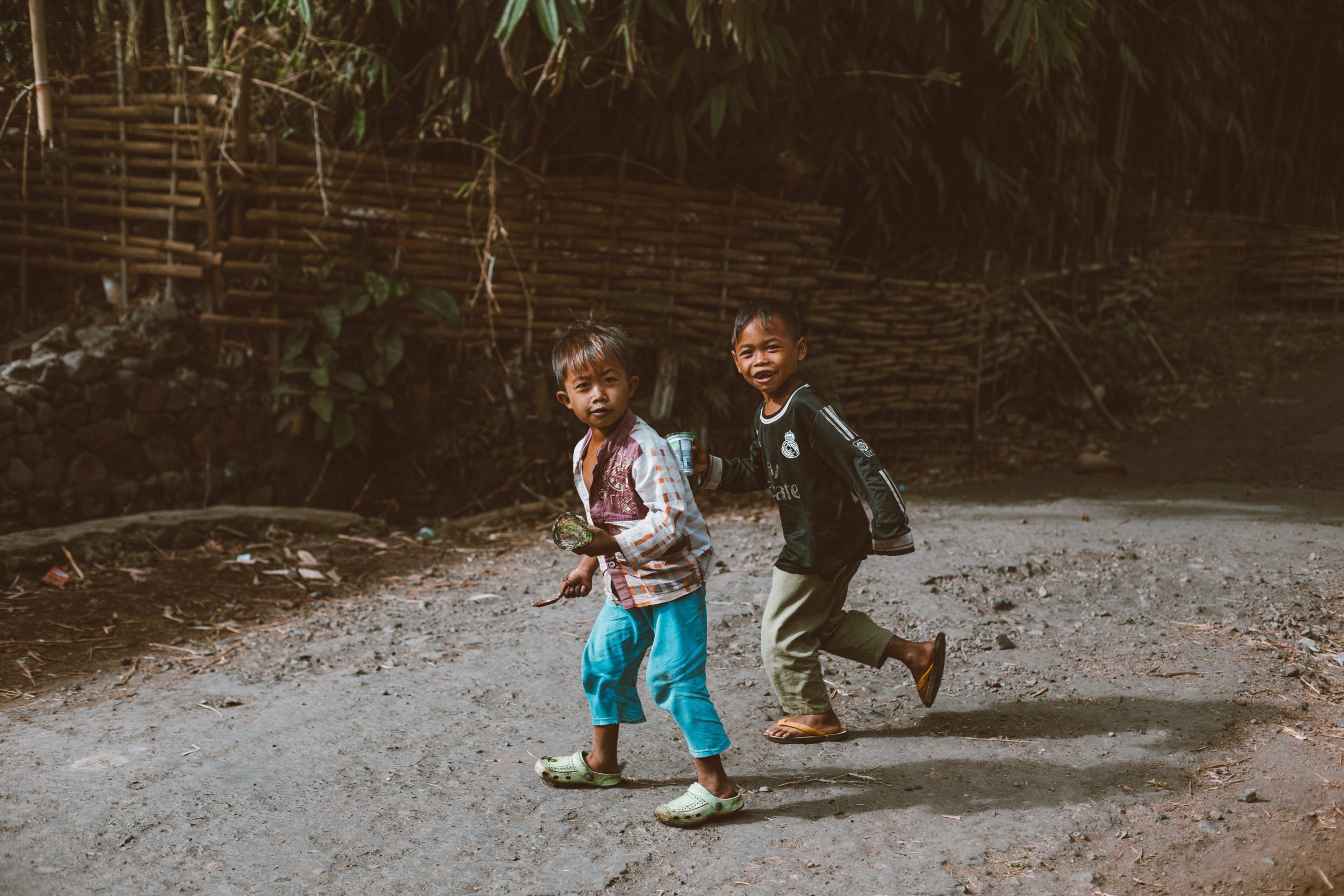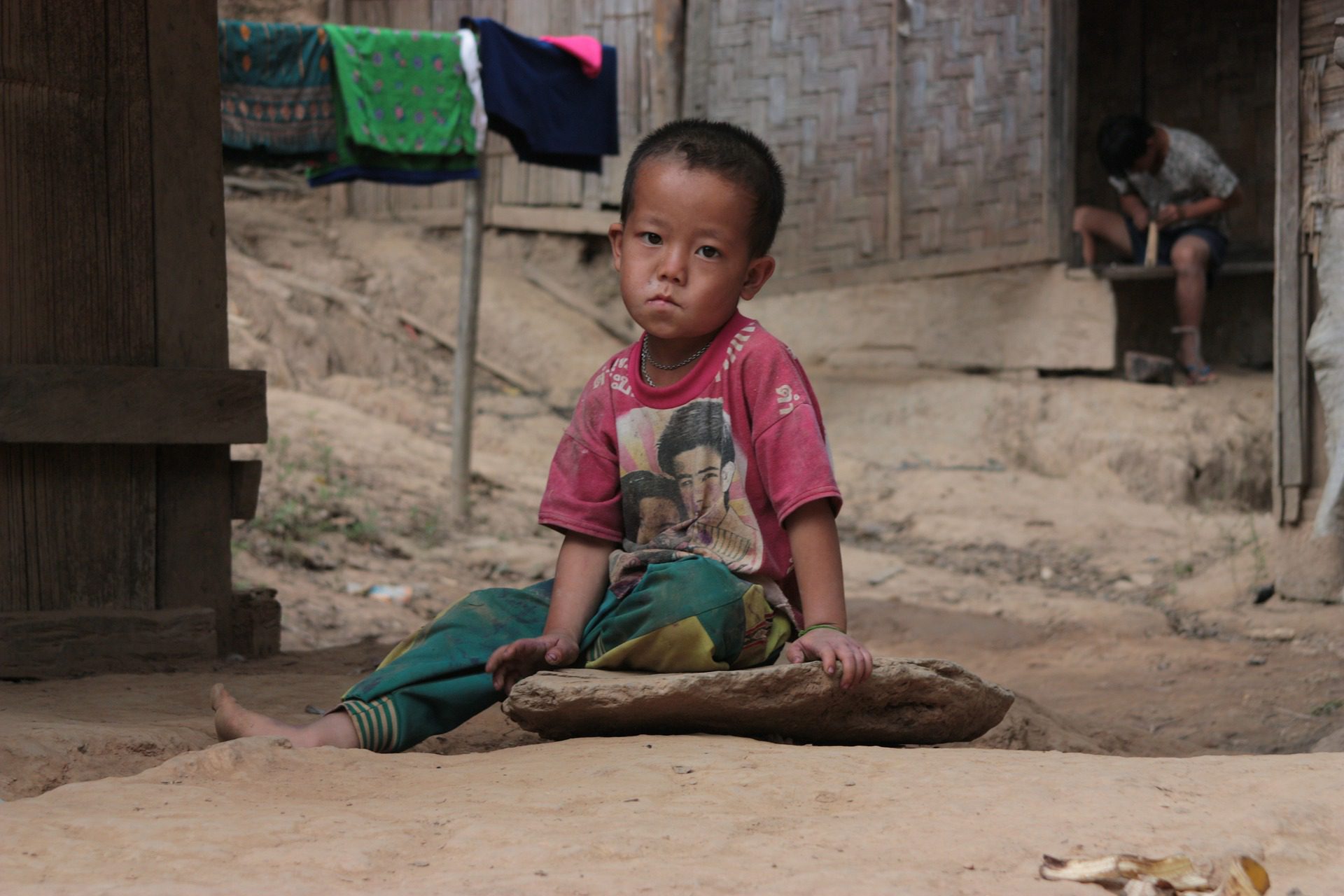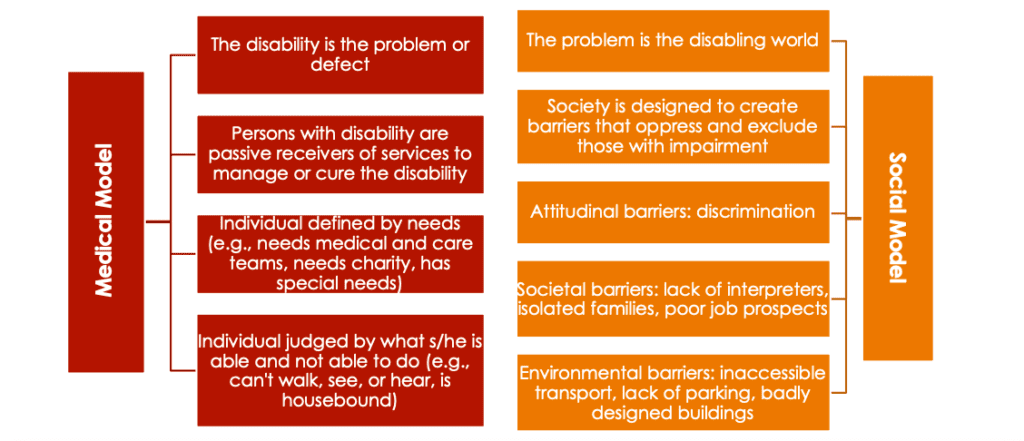
Impacts Of Living with Disability As A Street Child: Poor Health & Violence
Living on the street
Some street children are forced to live and fend for themselves with no adults to care for them. This can be due to illness, exclusion or humanitarian crisis (1). For example, the HIV pandemic and ongoing war in many countries has left many children orphaned (1). This has forced more on to the streets (1). Others still have families to return home to at night but work on the street to contribute to their family’s income (2). Regardless, street children are more likely to be affected by disability due to poor health and violence (1). Disability also makes children more vulnerable to illness and violence. Many children with pre-existing disabilities often end up on the street due to discrimination and rejection from their communities (3).
Poor health in street children
Children living with disability are at greater risk of illness, which can be partly due to difficulties in accessing health services (4). For example, children with disabilities commonly receive fewer essential vaccinations and basic healthcare (5). Similarly, the poor health and illness suffered by street children is often as a result of poverty and limited access to healthcare (7). This suggests that also living with disability exacerbates the poor health experienced by street children. Almost all street children experience health problems, relating to growth, violence and infectious diseases along with mental illness and substance abuse (8). In addition, a study carried out in Alexandria in Egypt found that 83% of street children were malnourished (9). This is not surprising, but it highlights how the health of almost all street children can be affected by poverty.
Street children also suffer from disproportionately high levels of HIV / AIDs, overlapping with other groups affected by HIV, including intravenous drug users (10;11). As a result, there have been specific targets of HIV/AIDs interventions towards street children. While these have been effective, further progress will better protect street children and those with disability from illness. Railway Children is an organisation which works at three levels to better support all street children (12). They work at street level and community level to work with people directly and also at government level to influence policy for better protection of street children (12).
Abuse and violence in street children
Both street children and children with disabilities are more susceptible to violence (5). Studies carried out in Cairo and Alexandria in Egypt found that as much as 93% of street children had experienced harassment and abuse (11). Most of this abuse was by police and other street children (11). In addition, research shows that children with disabilities are as much as three times more at risk of violence than non-disabled children (5). Exclusion and sometimes a lack of care can leave them more vulnerable to harm, where they viewed as ‘easier targets’ (5).
Improving the health of street children with disabilities
It has been suggested that the creation of safe shelters could help improve poor health (8). These would be very helpful in providing safe spaces for street children and those with disability, which would limit their risk of harm (8). However, beyond support by charities and other non-governmental organisations, there is a need to introduce new policies which better protect street children (8).
Chance for Childhood works with KUAP to support street children and street children with disabilities, in Kisumu, Kenya (13). Unfortunately, COVID-19 forced them to pause much of their work. In response, remote counselling had been arranged for some of the children (13). However, KUAP has also continued to supply food packages to 60 local families with children struggling with dysphagia. This programme has been essential in helping to improve the health of street children and those with disabilities. KUAP also tries to reunite street children with their families. (13).
There are some positive steps in place to improve the poor health of street children with disabilities. However, more help is urgently needed, which is why here at Poverty Child we are dedicated to supporting street-connected children. We would be grateful for any donations. If you wish please donate to Poverty Child.
References
1. Child S. The Facts about Street Children | Consortium for Street Children [Internet]. Consortium for Street Children. 2021 [cited 24 August 2021]. Available from: https://www.streetchildren.org/about-street-children/
2. On International Day of Persons with Disabilities we Advocate for Inclusive Education — Street Child [Internet]. Street Child. 2019 [cited 24 August 2021]. Available from: https://www.street-child.co.uk/blog/2019/12/4/on-international-day-of-persons-with-disabilities-we-advocate-inclusive-education
3. Our work / Toybox [Internet]. Toybox.org.uk. [cited 24 August 2021]. Available from: https://toybox.org.uk/our-work
4. Kuper H, Monteath-van Dok A, Wing K, Danquah L, Evans J, Zuurmond M et al. The Impact of Disability on the Lives of Children; Cross-Sectional Data Including 8,900 Children with Disabilities and 898,834 Children without Disabilities across 30 Countries. PLoS ONE [Internet]. 2014 [cited 24 August 2021];9(9):e107300. Available from: https://www.ncbi.nlm.nih.gov/pmc/articles/PMC4159292/
5. World Health Organization & United Nations Children’s Fund (UNICEF). (2012). Early childhood development and disability: a discussion paper. World Health Organization. https://apps.who.int/iris/handle/10665/75355
6. Panter‐brick C. Homelessness, poverty, and risks to health: beyond at risk categorizations of street children1. Children’s Geographies [Internet]. 2004 [cited 25 August 2021];2(1):83-94. Available from: https://www.tandfonline.com/doi/full/10.1080/1473328032000168787?casa_token=IrddfS6UXfoAAAAA%3AR_P9f01XM_z57spnmwwr9dOShWSZ33cpaFX98fy6UXBNkmOpVXvdkhqupQhPAM-m_PAhOhpH84VVlA
7. Cumber S, Tsoka-Gwegweni J. The health profile of street children in Africa: a literature review. Journal of Public Health in Africa [Internet]. 2015 [cited 25 August 2021];. Available from: https://www.ncbi.nlm.nih.gov/pmc/articles/PMC5349275/
8. Cumber S, Tsoka-Gwegweni J. The health profile of street children in Africa: a literature review. Journal of Public Health in Africa [Internet]. 2015 [cited 25 August 2021];. Available from: https://www.ncbi.nlm.nih.gov/pmc/articles/PMC5349275/
9. Salem E, el-latif F. Sociodemographic characteristics of street children in Alexandria. East Mediterranean Health Journal [Internet]. 2002 [cited 25 August 2021];8(1):64-73. Available from: https://pubmed.ncbi.nlm.nih.gov/15330562/
10. Marshall B, Kerr T, Shoveller J, Montaner J, Wood E. Structural factors associated with an increased risk of HIV and sexually transmitted infection transmission among street-involved youth. BMC Public Health [Internet]. 2009 [cited 25 August 2021];9(1). Available from: https://pubmed.ncbi.nlm.nih.gov/19134203/
11. Nada K, Suliman E. Violence, abuse, alcohol and drug use, and sexual behaviors in street children of Greater Cairo and Alexandria, Egypt. AIDS [Internet]. 2010 [cited 25 August 2021];24(Suppl 2):S39-S44. Available from: https://journals.lww.com/aidsonline/Fulltext/2010/07002/Violence,_abuse,_alcohol_and_drug_use,_and_sexual.5.aspx
12. Fighting for Street Children [Internet]. Railwaychildren.org.uk. [cited 25 August 2021]. Available from: https://www.railwaychildren.org.uk/
13. How we’re supporting vulnerable children during Coronavirus | Chance for Childhood – Children’s charity [Internet]. Chance for Childhood. 2020 [cited 25 August 2021]. Available from: https://chanceforchildhood.org/latest-news/how-were-supporting-vulnerable-children-during-coronavirus/




